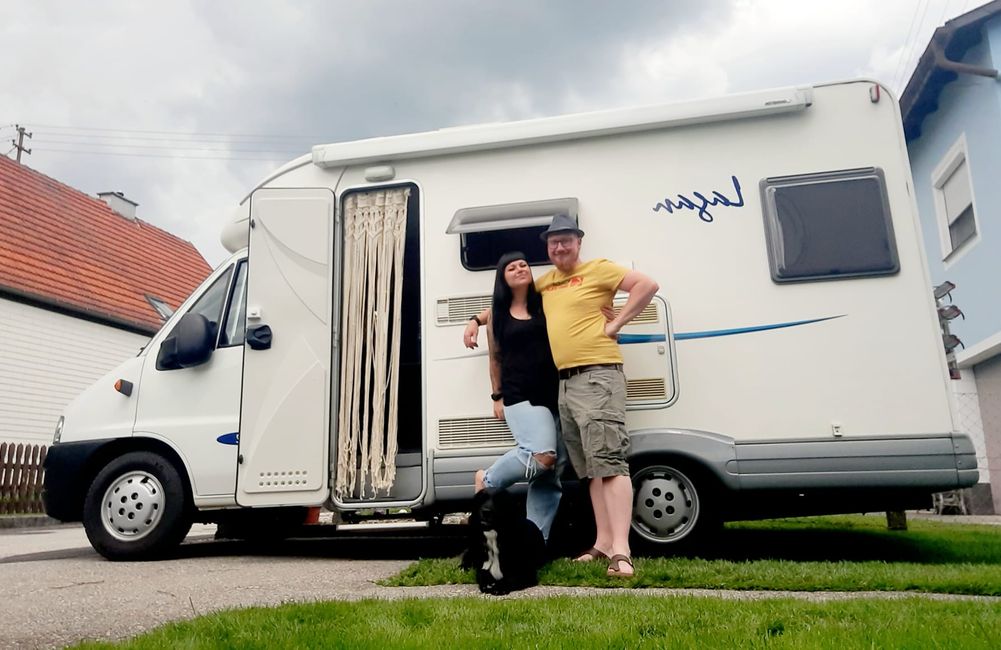Zuhause, süßes Zuhause
ຈັດພີມມາ: 07.08.2023
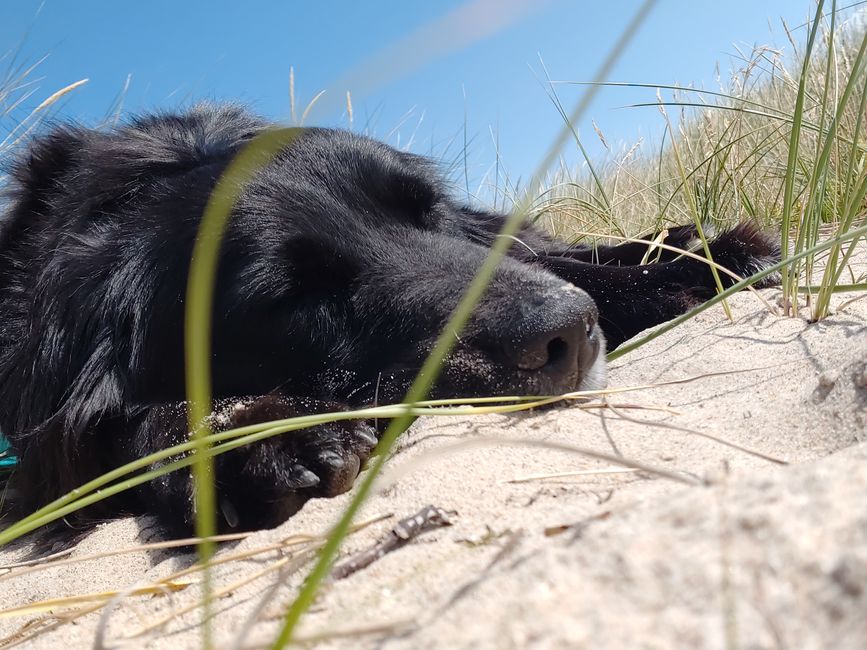
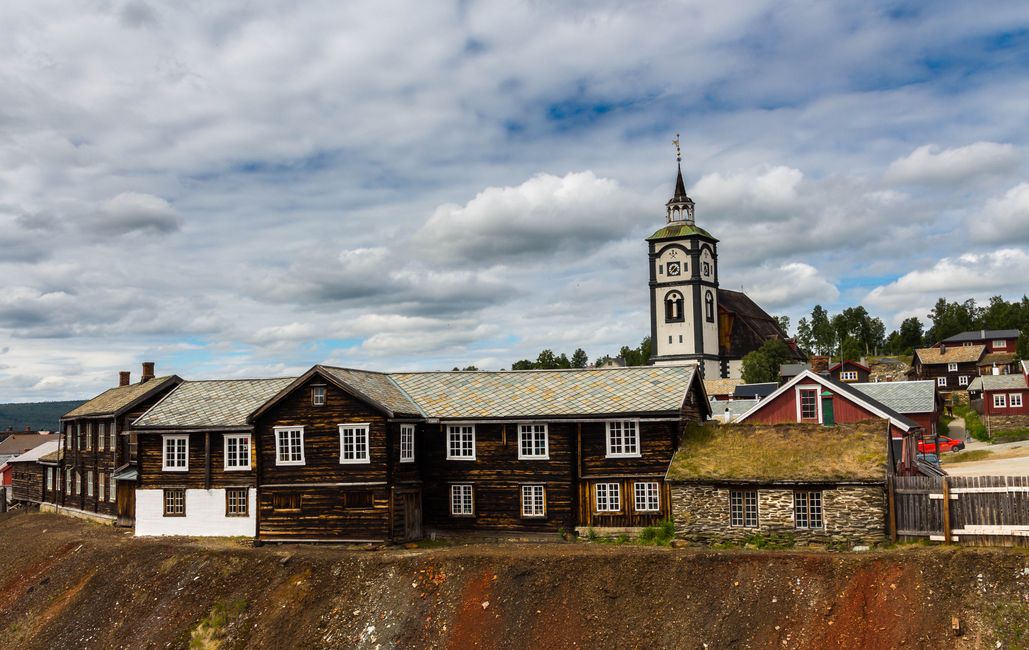
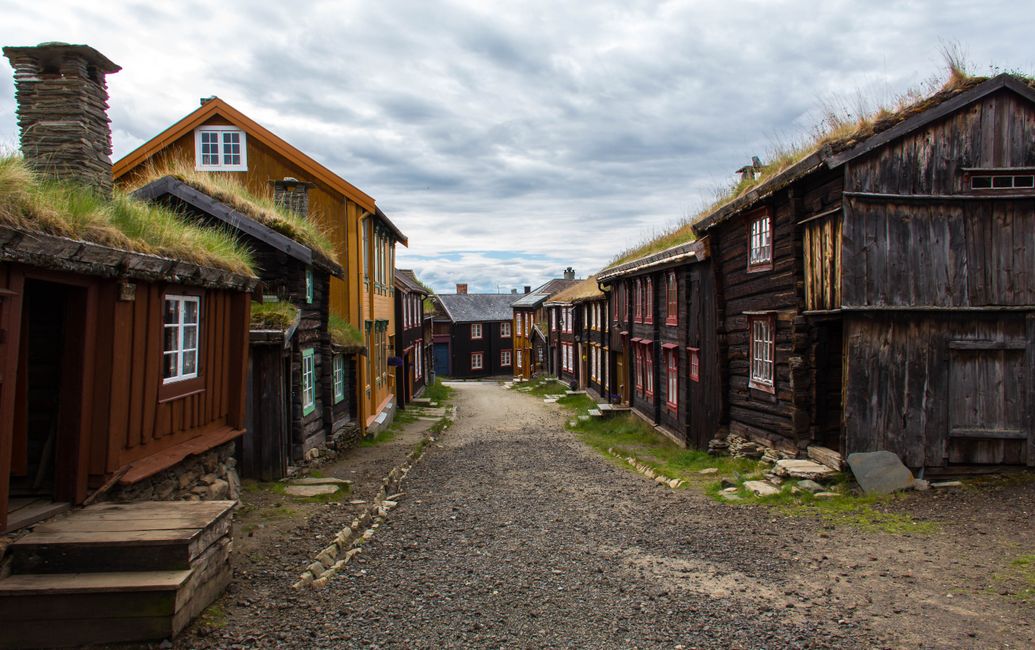
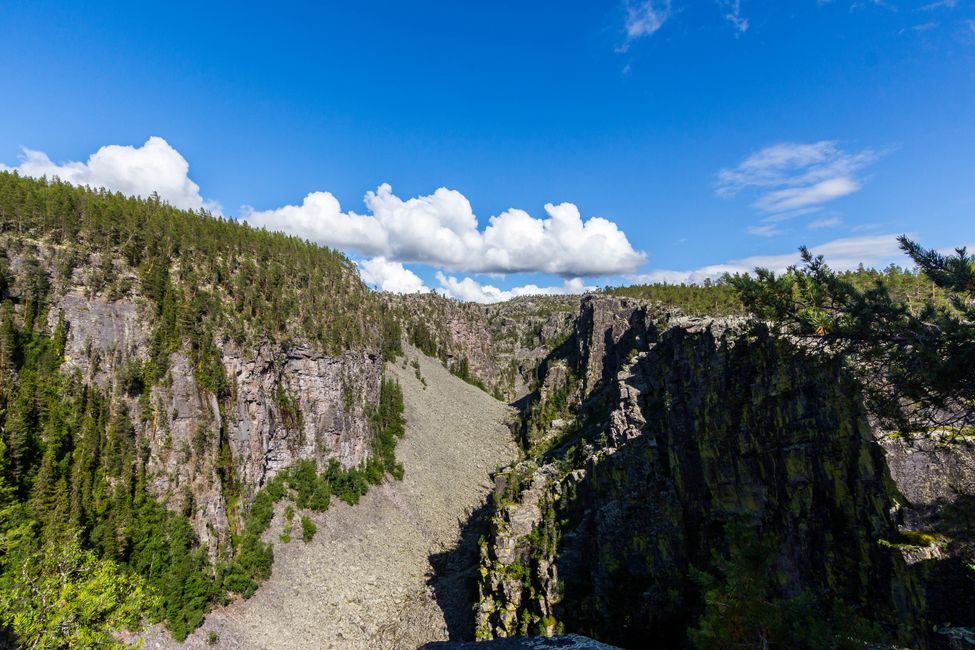
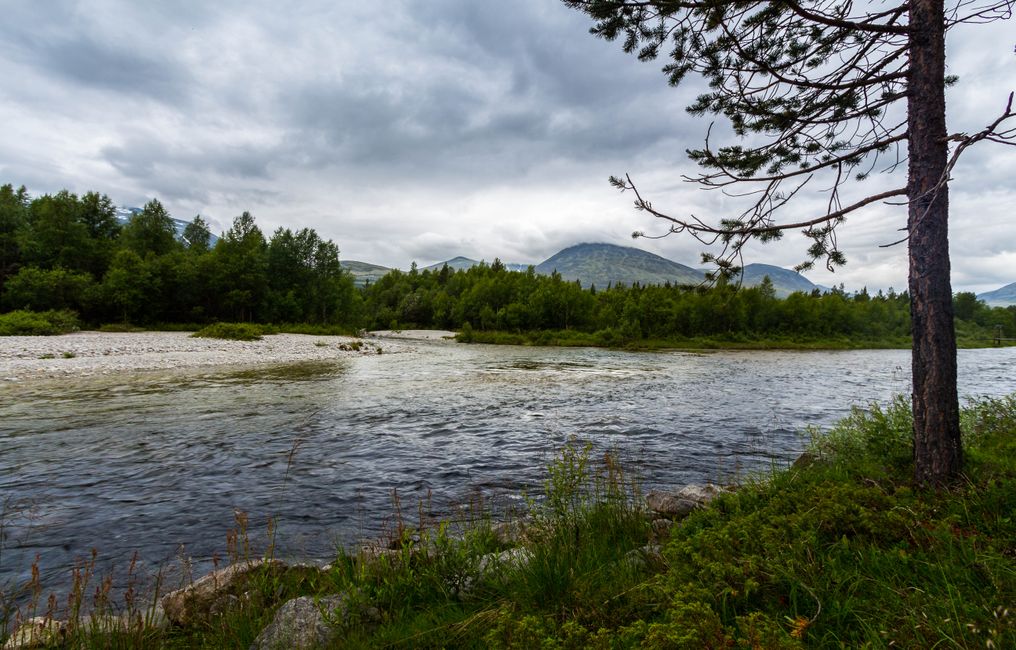
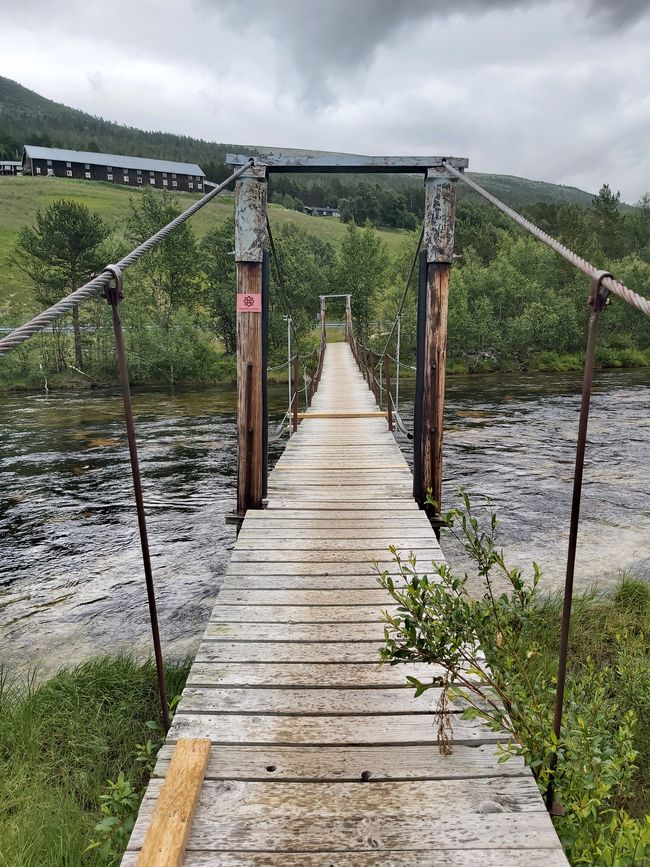
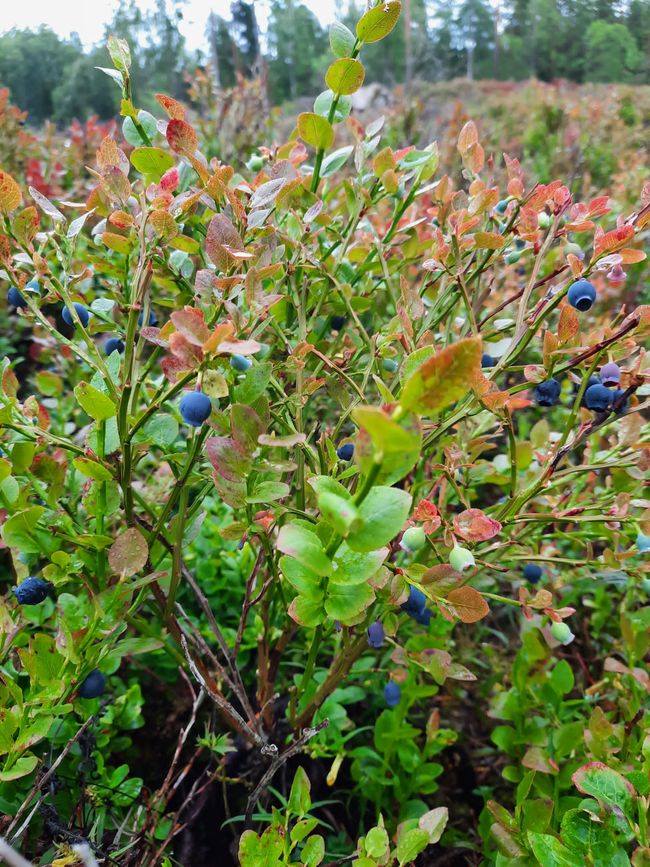
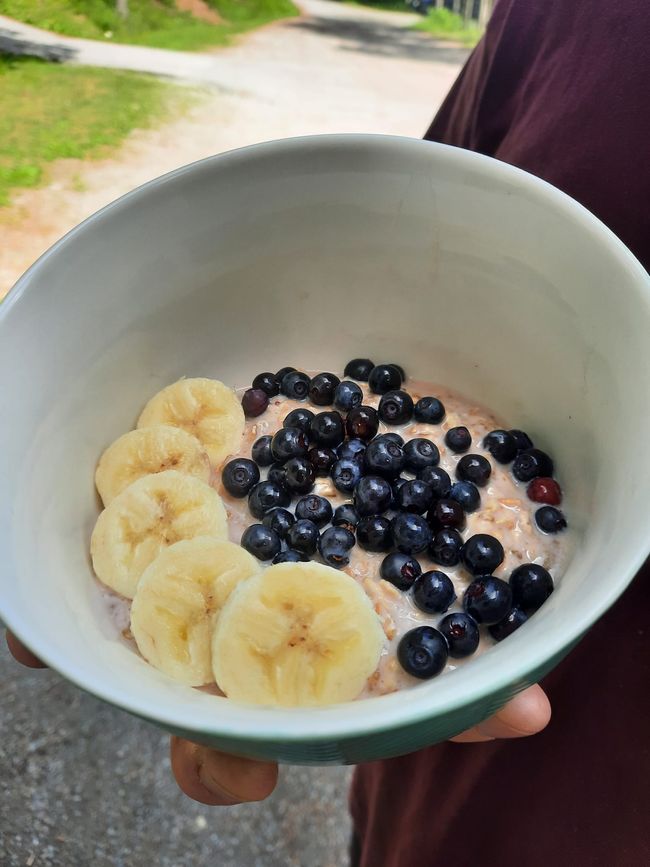
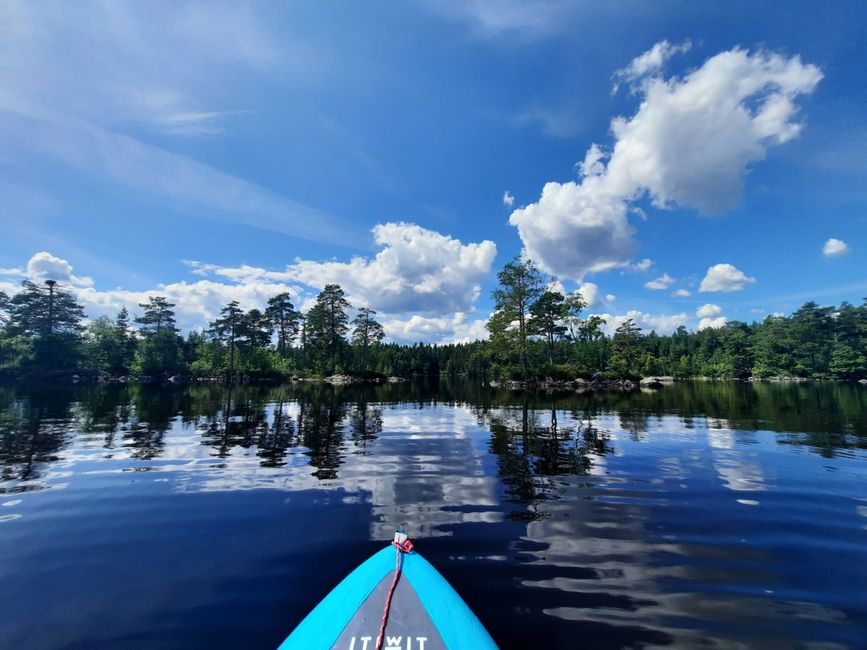
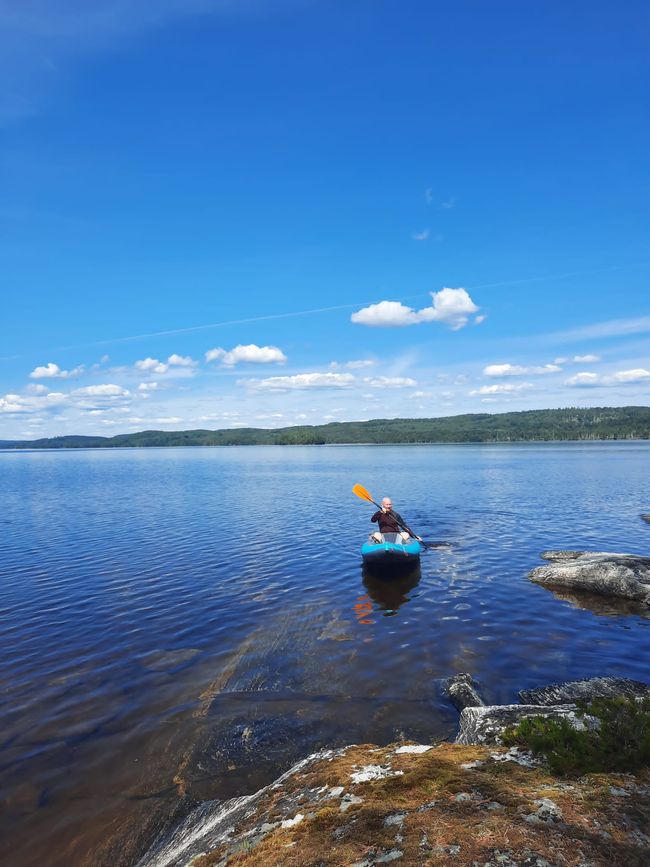
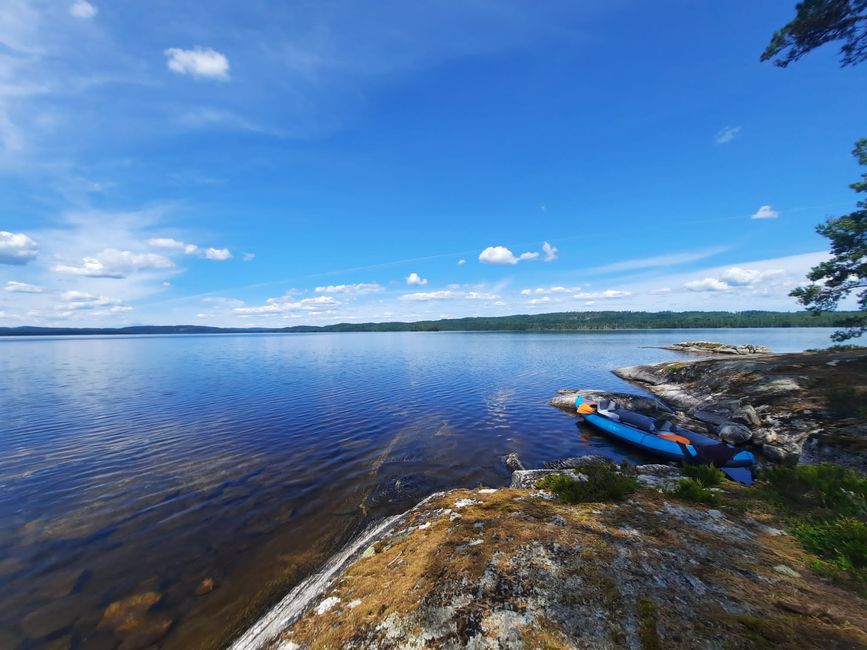
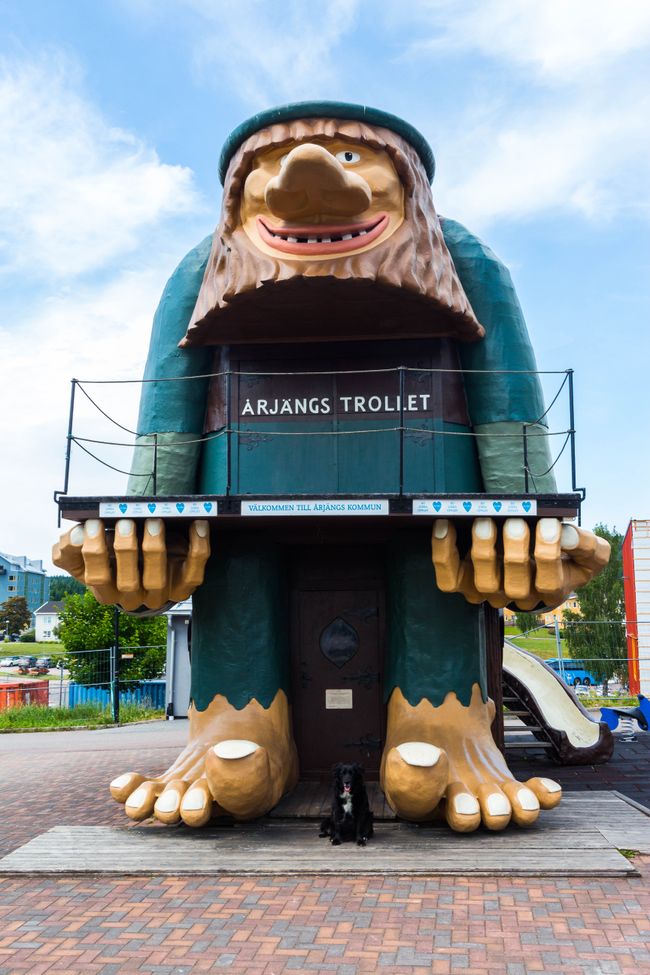
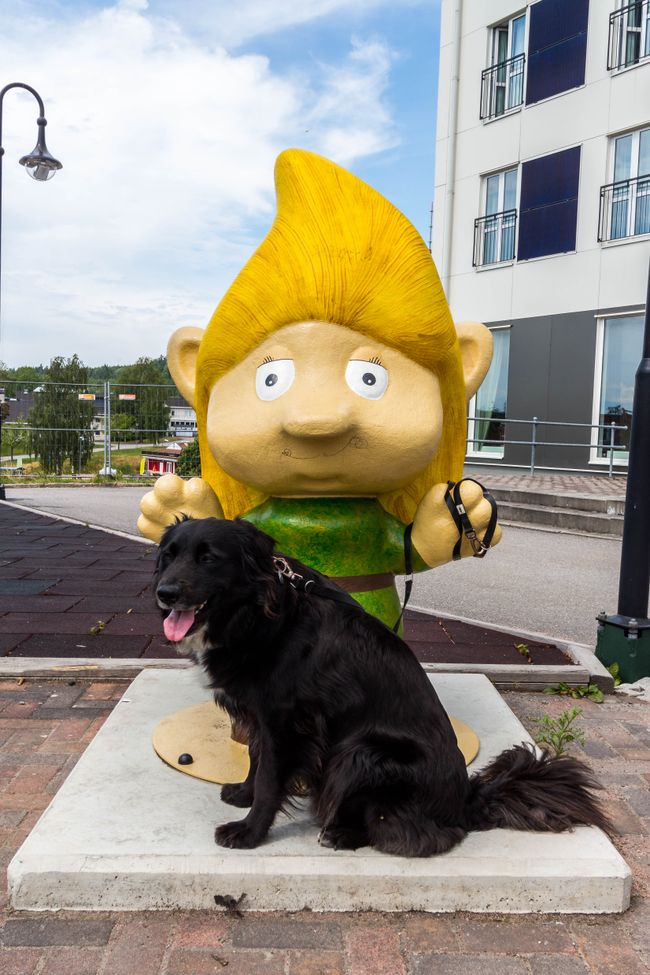
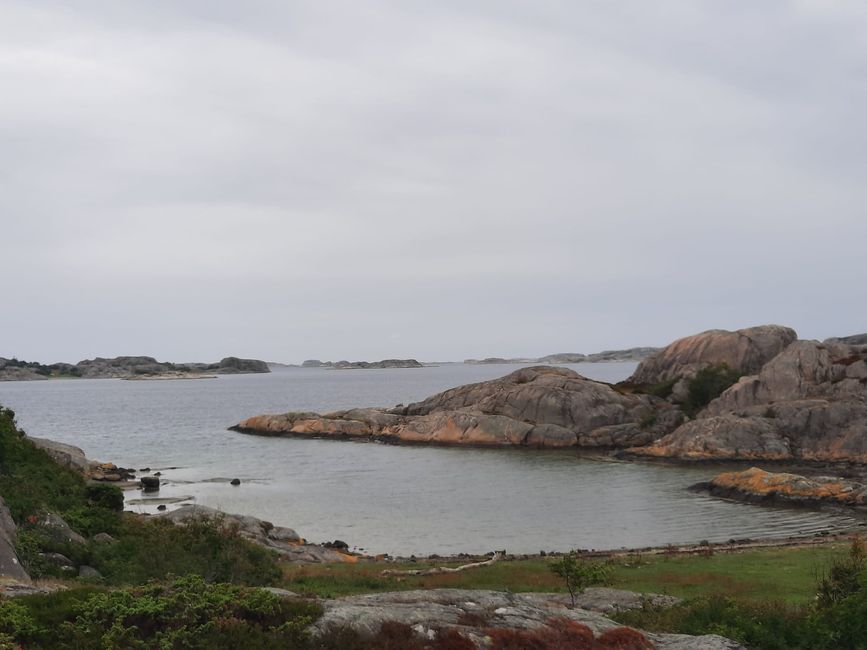
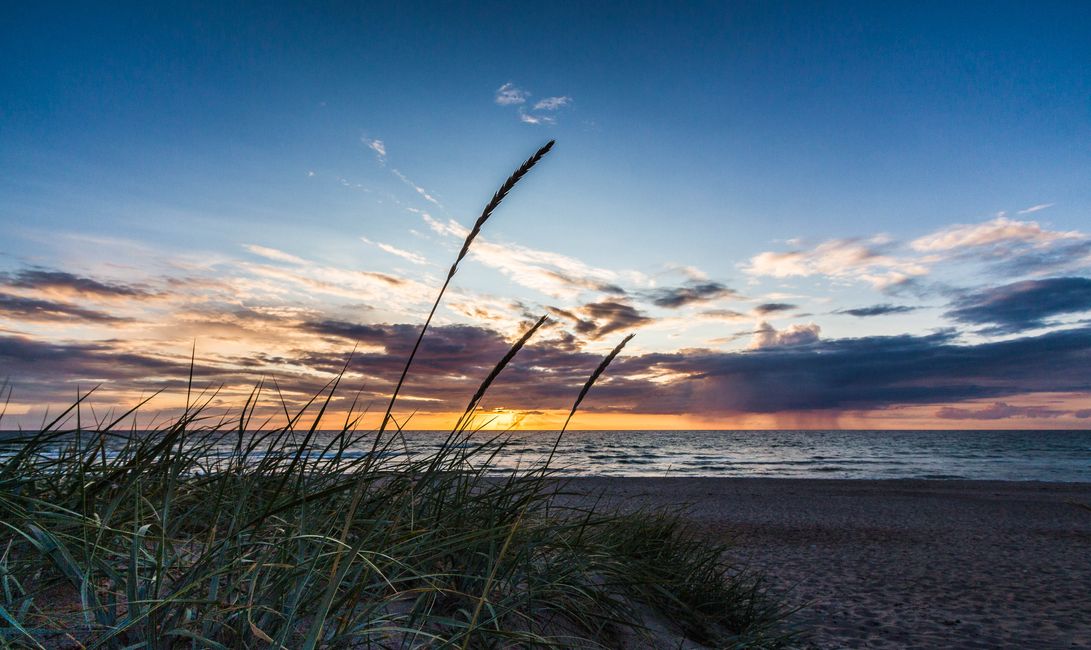
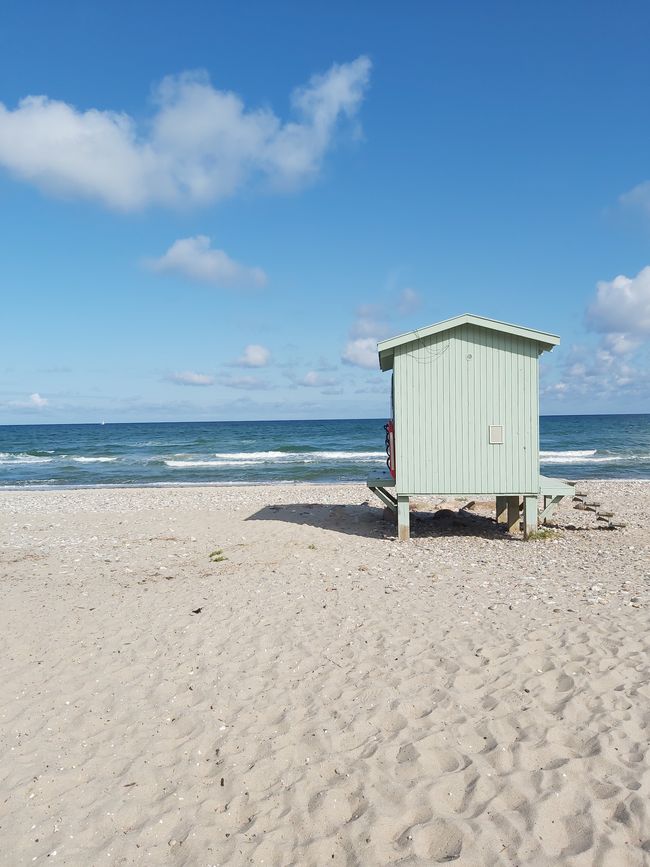
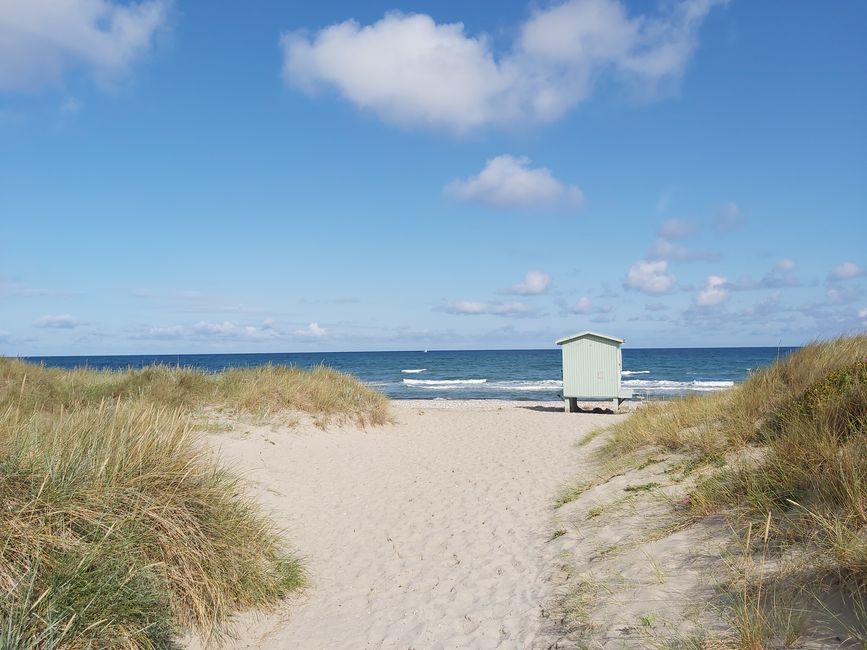
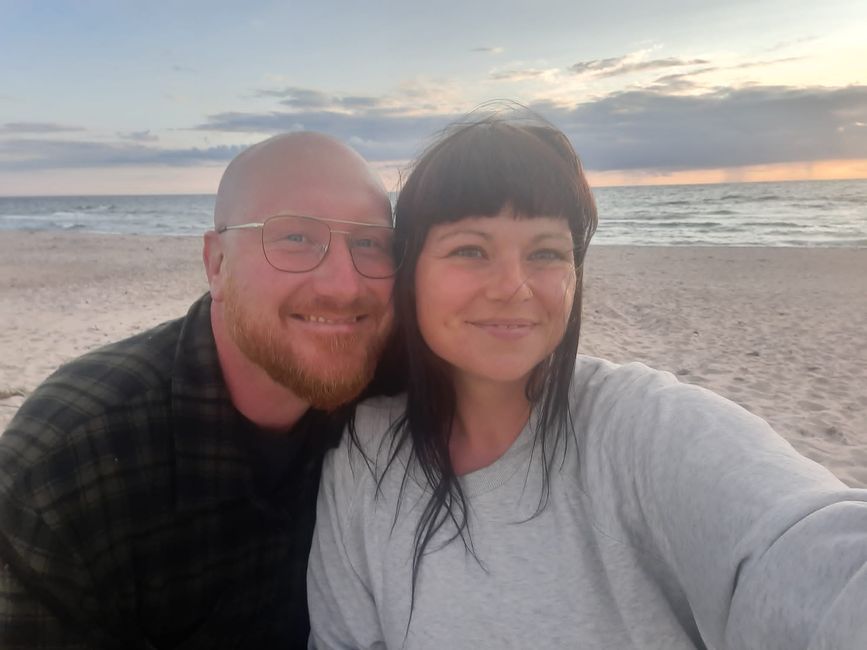
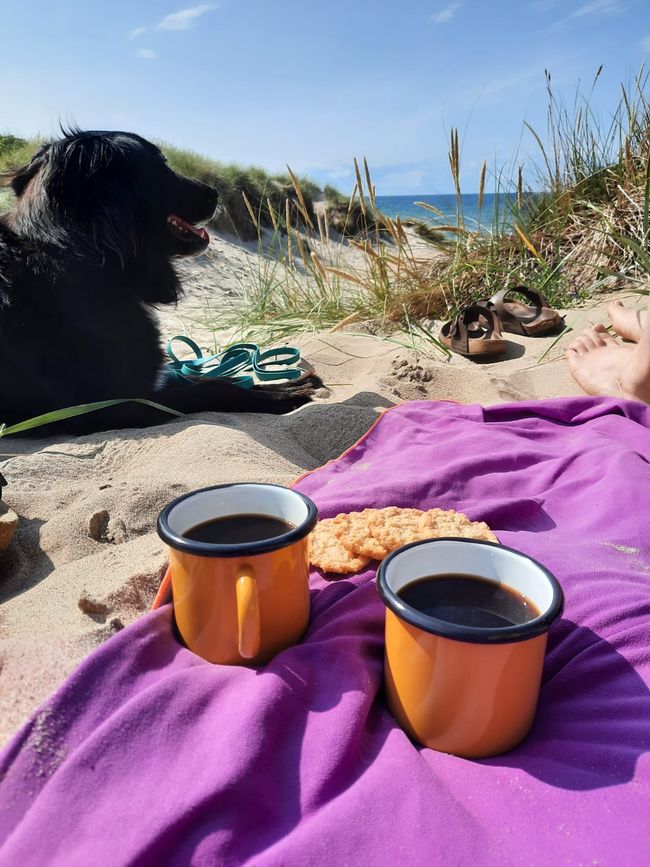
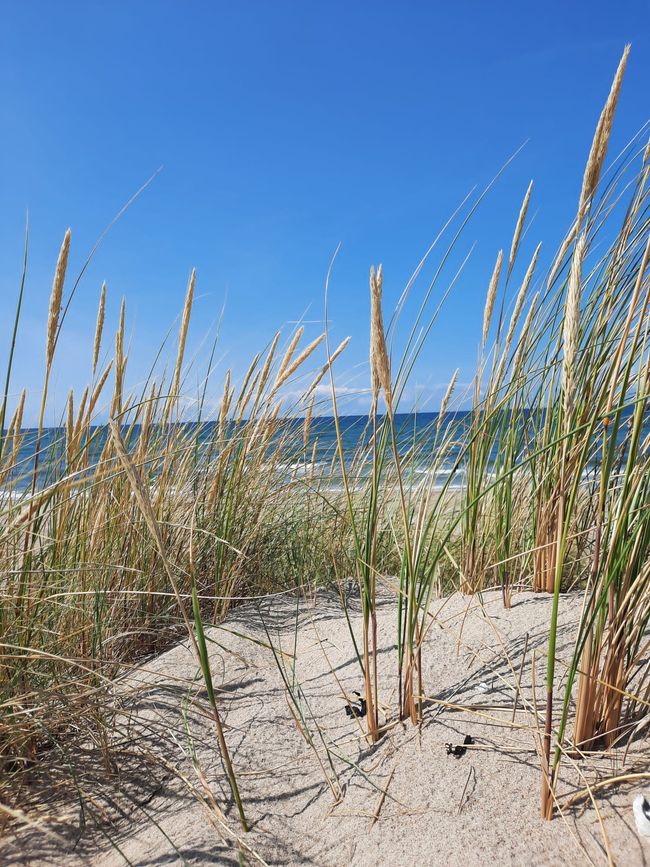
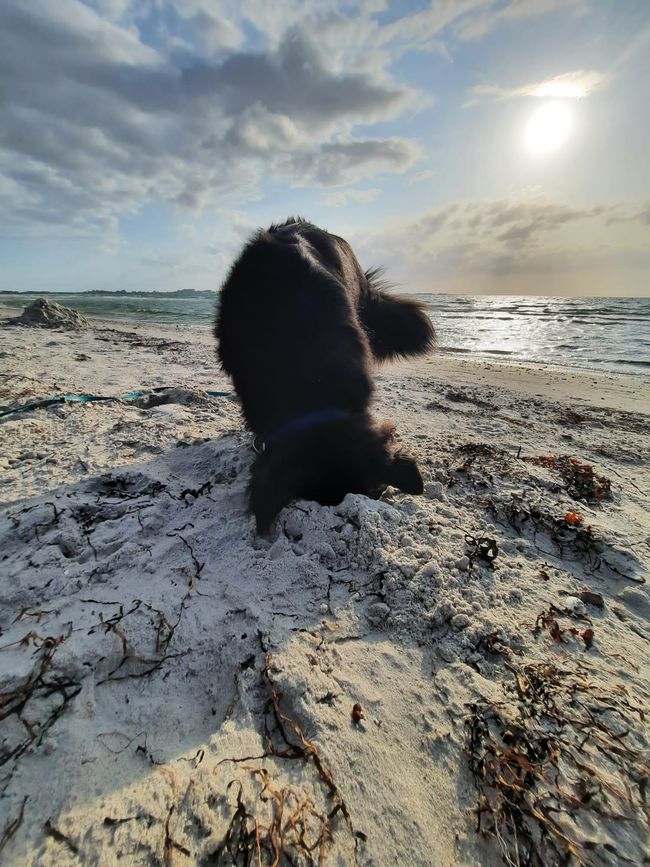
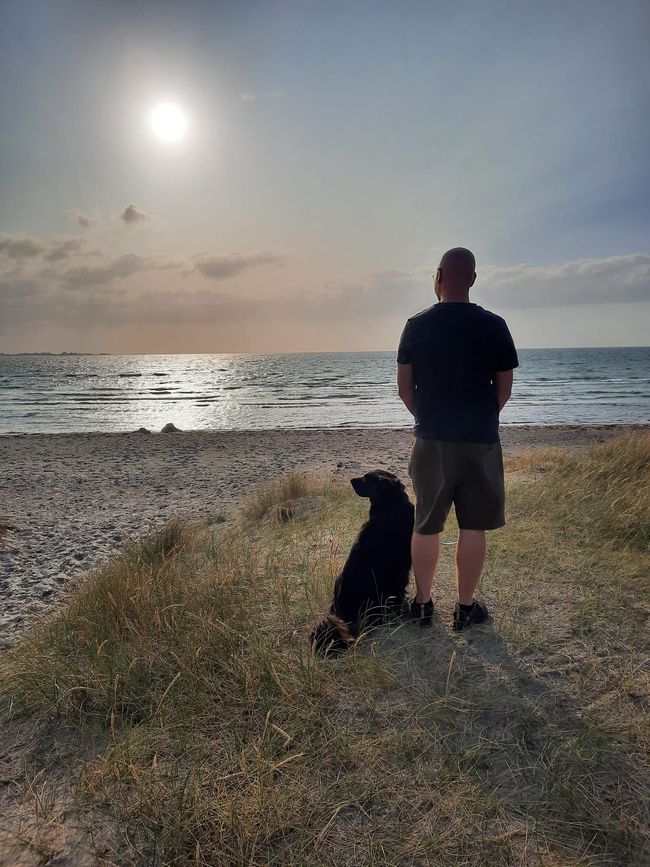
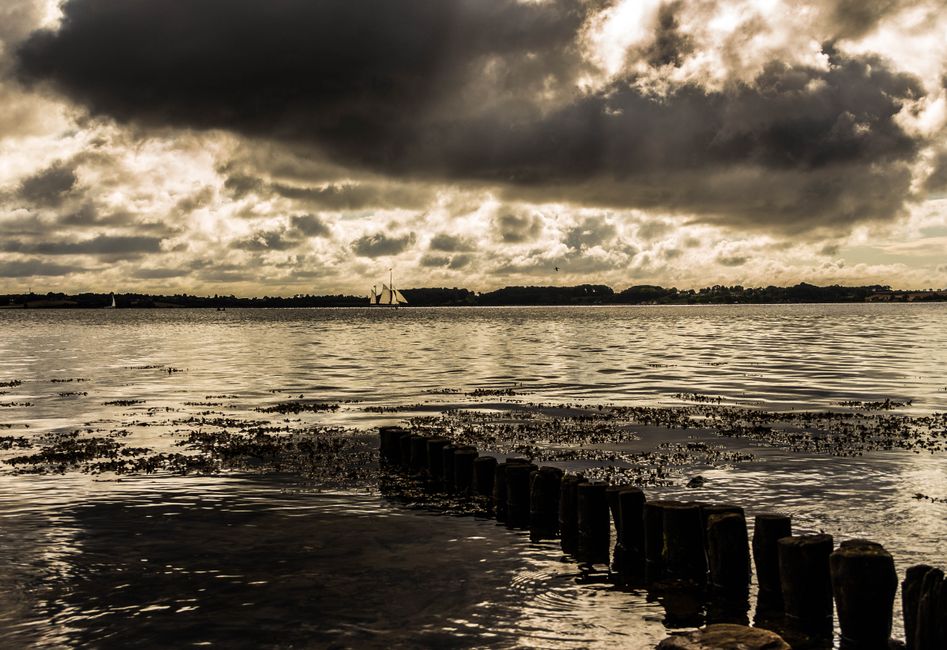
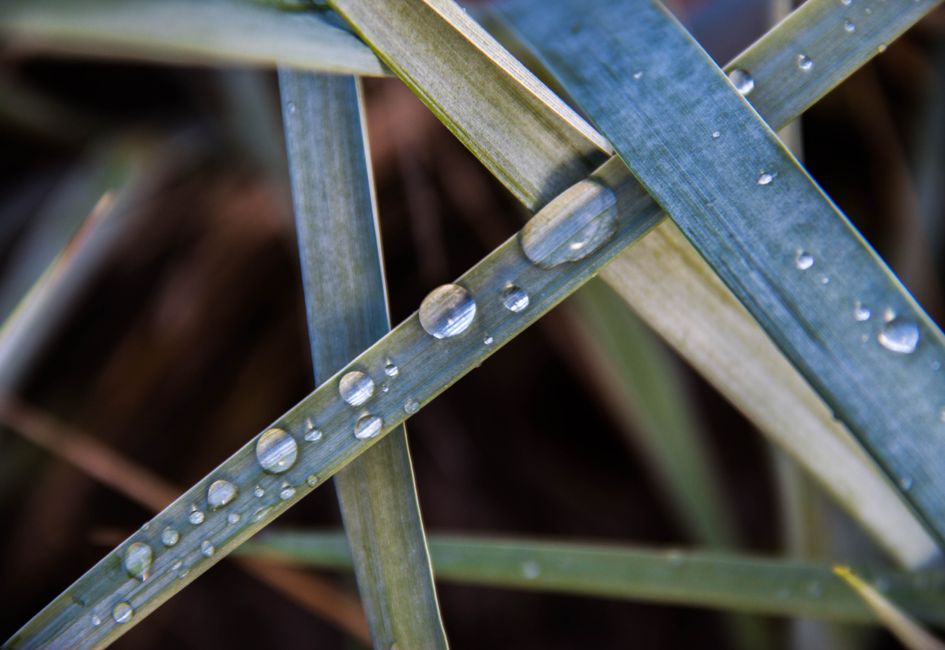
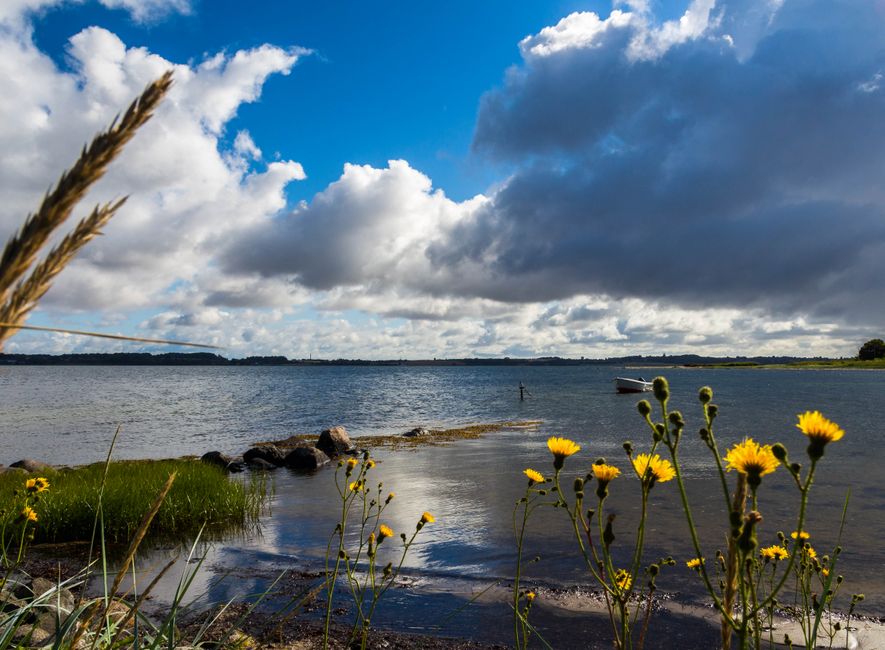

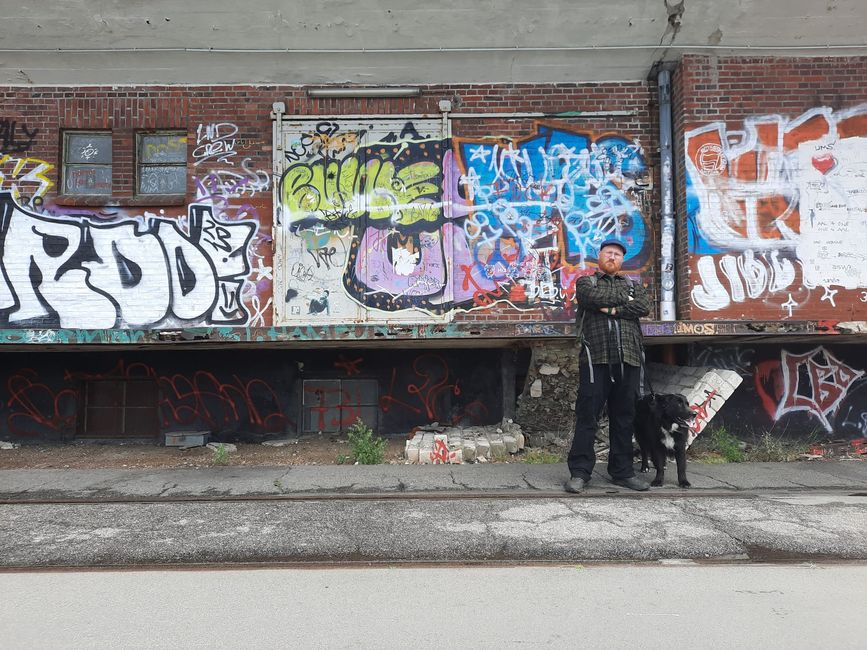
ຈອງຈົດຫມາຍຂ່າວ
Geographically we are at a crossroads. After Trondheim, we are faced with the decision to visit the entire southwest with its famous fjords, winding roads (Christine loves them... not) and viewpoints or not. For several reasons, we chose "not". We decide to give this part of the north more time on a future vacation and head south between E6 and the border with Sweden.
We head towards the city of Røros, which is a UNESCO World Heritage Site and perfect for a visit in changeable weather. Røros used to be an important city due to copper mining, but today the old town center is an inhabited open-air museum that reminds us of Hallstatt. You can visit an old copper mine and old houses that are furnished as they were in the past when the workers lived in them. Many of these old houses are still inhabited today, so you can only admire them from the outside. After that, we continue to the Jutulhogget Gorge. The canyon is very impressive with its 240-500m deep walls, and you can even hike down to the valley along a small trail. But since we value our lives, we stay at the top and only test the echo, which can be heard very well here.
The next few days alternate between rain and sunshine, so it's a good opportunity to take another scenic route. We travel along the Rondane National Park, which was Norway's first national park and offers murmuring rivers with crystal clear water at the foot of snow-covered mountains. We are tempted to go for a hike, but we prefer the dry motorhome in pouring rain. However, the national park is definitely on our "must-see" list, not only because of the landscape but also because of the wild reindeer herds.
In general, we are very satisfied with our decision to explore eastern Norway. If we still knew the art of fly fishing, we would definitely stay here longer, because it feels like you can see fly fishermen every few hundred meters standing in the water or passing by with their rods mounted on the car.
But everything comes to an end, so we decide to bid farewell to Norway after a peaceful night at the bathing lake in Kongsvinger, invest our last cash in sweets at the border, and enter Swedish territory again.
Strangely enough, we are immediately drawn back to the lakes, where we find a cozy spot in Jössefors. But we're not alone, friendly German campers also use the place for overnight stays and fishing. We come into contact with something we have only heard rumors about, the adder. In Scandinavia, warnings about this snake are always mentioned, but we haven't encountered it until now, until here. Our neighbors' dog was attacked, but fortunately without consequences. Of course, Christian wants to take a picture of the animal but he accidentally mentions it to the neighbor, so the adder sighting is 0.
The weekend is here and the weather forecast finally says summer, so we decide to treat ourselves to a little vacation. After a short walk through Arvika (amazing hazelnut nougat rolls), we drive to the campsite in the Glaskogen Nature Reserve. We are in the middle of the forest, just a few blueberry bushes away from the lake. The weather is wonderful, we take out our kayak and spend a beautiful day at the lake and on a small island, full of blueberries and trees, which we have all to ourselves. We swim and let the sun shine on our bellies on the hot rock, peace and quiet, sit/lie down and gaze.
Even the following days in Sweden, we are constantly drawn to places by the lakes. Water is omnipresent, on the ground and falling from the sky. But we don't let it get us down, we go around one or the other lake, pick blueberries, and breathe in the fresh air in Sweden's forests.
But Christian thinks we should also have a bit of culture, which is why we visit the big troll in Årjäng and make a side trip to Smögen. After all, the small fishing village with its colorful houses on the pier is supposed to be worth seeing. Or so we thought. The journey to Smögen was already a disaster, far from being a small fishing village, it would rather be described as a tourist hotspot, no parking spaces, we don't feel comfortable and decide - we'll come back when it's quieter, if we do it at all, although the photo with the colorful houses still tempts us. But where there is a lot of hustle and bustle, there is usually tranquility not far away, so a few kilometers further on, we find a beautiful nature reserve with a nice hike in the Swedish West Coast Archipelago.
The urge for peace and quiet grips us tightly, which is why we decide to let the rest of our, so to speak, first leg of the trip come to an end with peace, tranquility and vacation. We head towards Helsingborg to take the ferry to Denmark, spend the night before in Förslöv, where we take a wonderful hike through the local beech forest, and look forward to a very special place. 2 years ago, we were already at the Danish Riviera, so we decide to go there again. But as soon as we arrive in Tisvilde, we are immediately disappointed. A huge festival is taking place at the calm spot from 2 years ago, so we move on after just one night. However, Liseleje is just as great, if not even a bit more beautiful, and Lilli can stretch her paws in a huge dog forest.
After 2 days of relaxation on the sandy beach of Denmark, we set off again towards home. We pass through the island of Funen to mainland Europe and Flensburg. We visit the city, enjoy delicious fish sandwiches, and hike in the nature reserve of the Holnis Peninsula with a wonderful view of Denmark.
After some shopping in Lübeck, we drive back home via Seehausen (Altmark) in Saxony-Anhalt and Schwandorf in Bavaria.
ຈອງຈົດຫມາຍຂ່າວ
ຄໍາຕອບ

